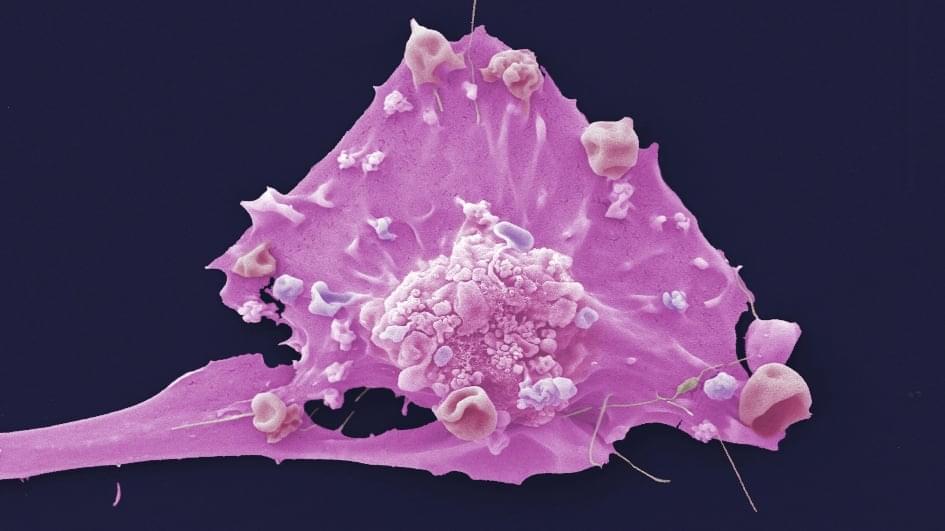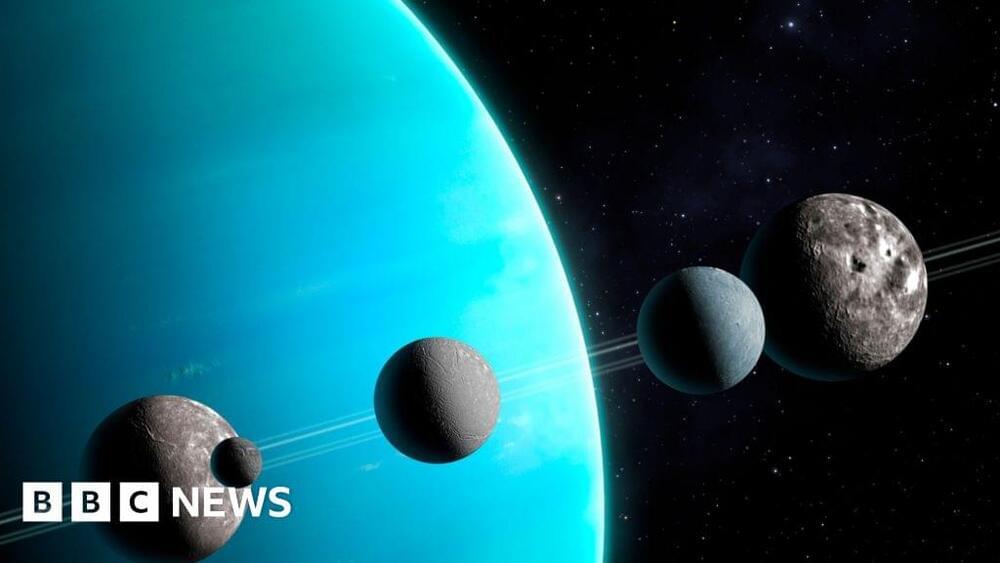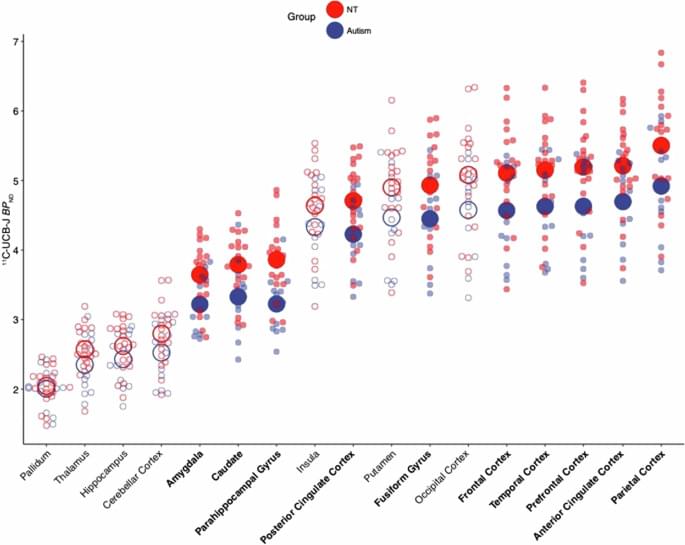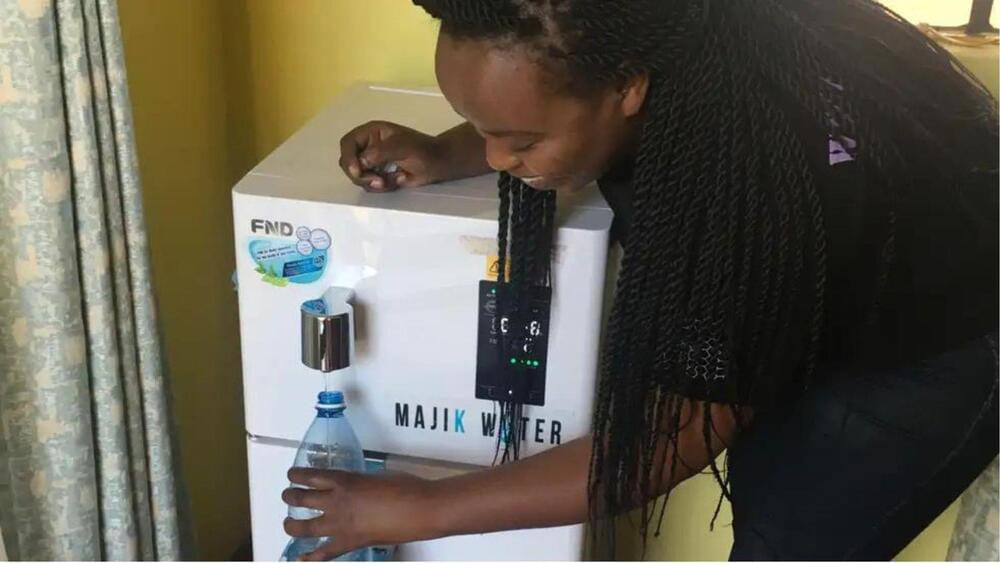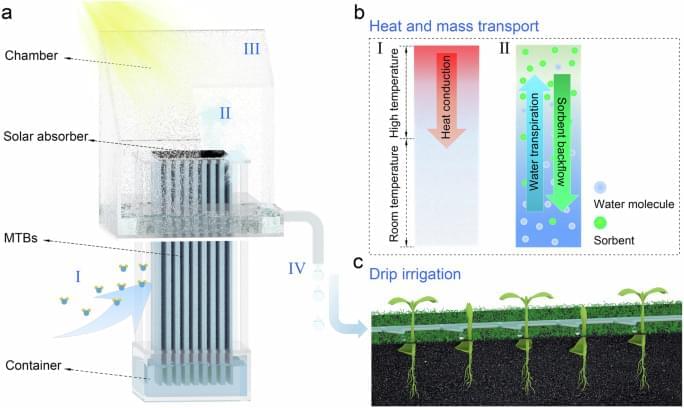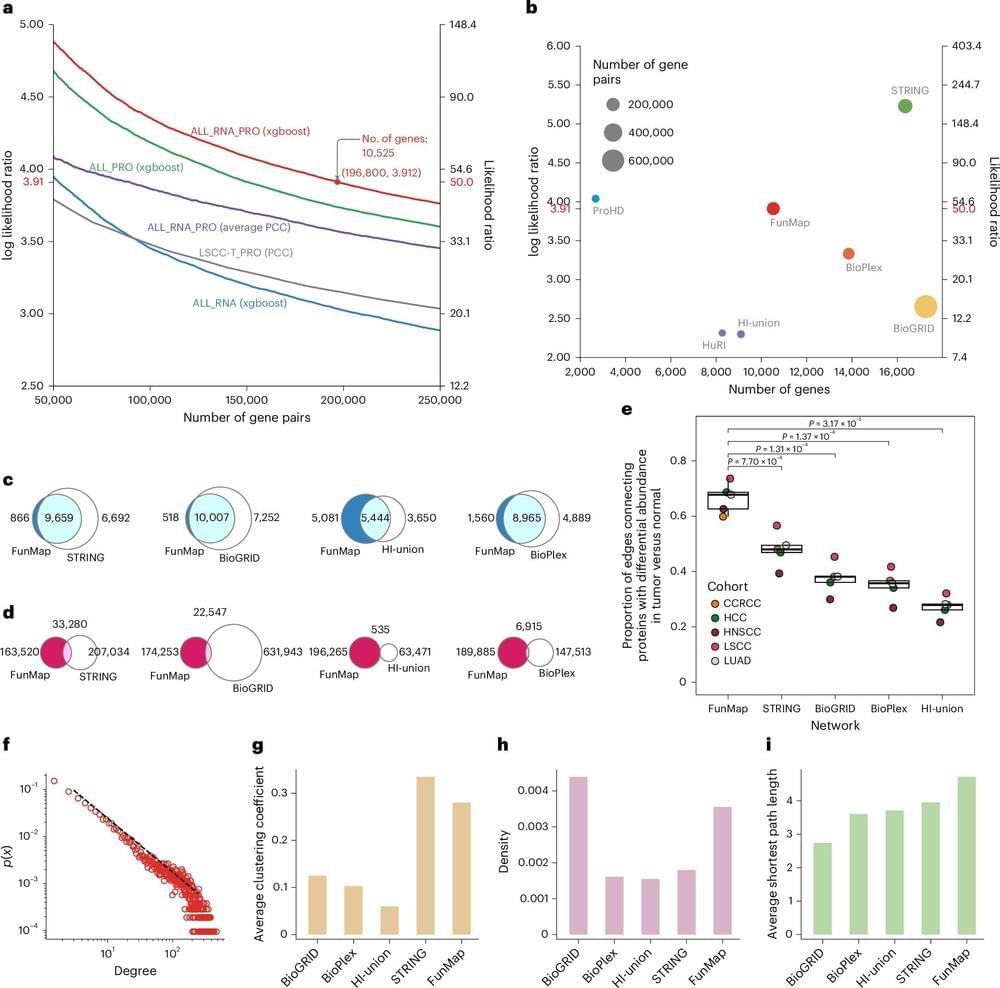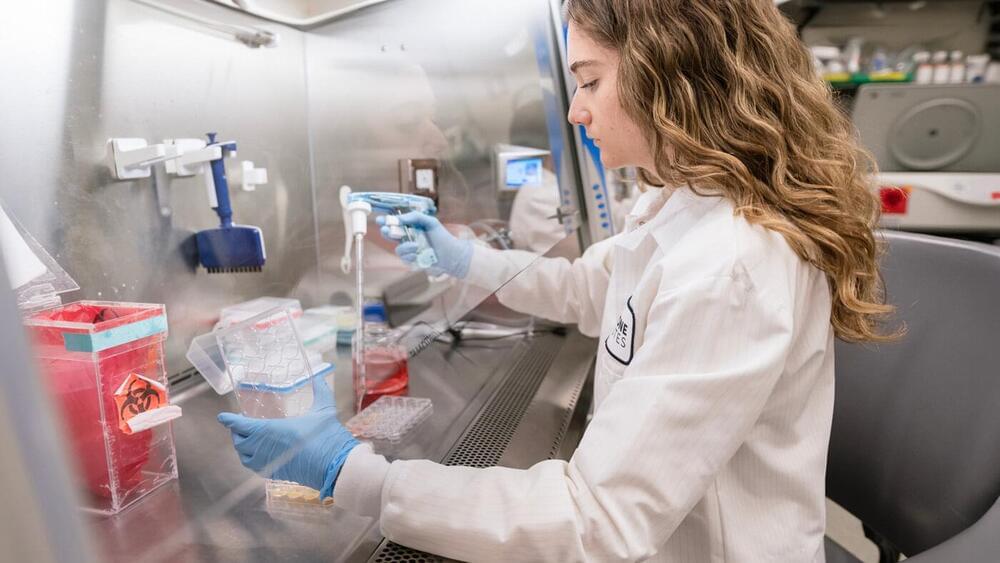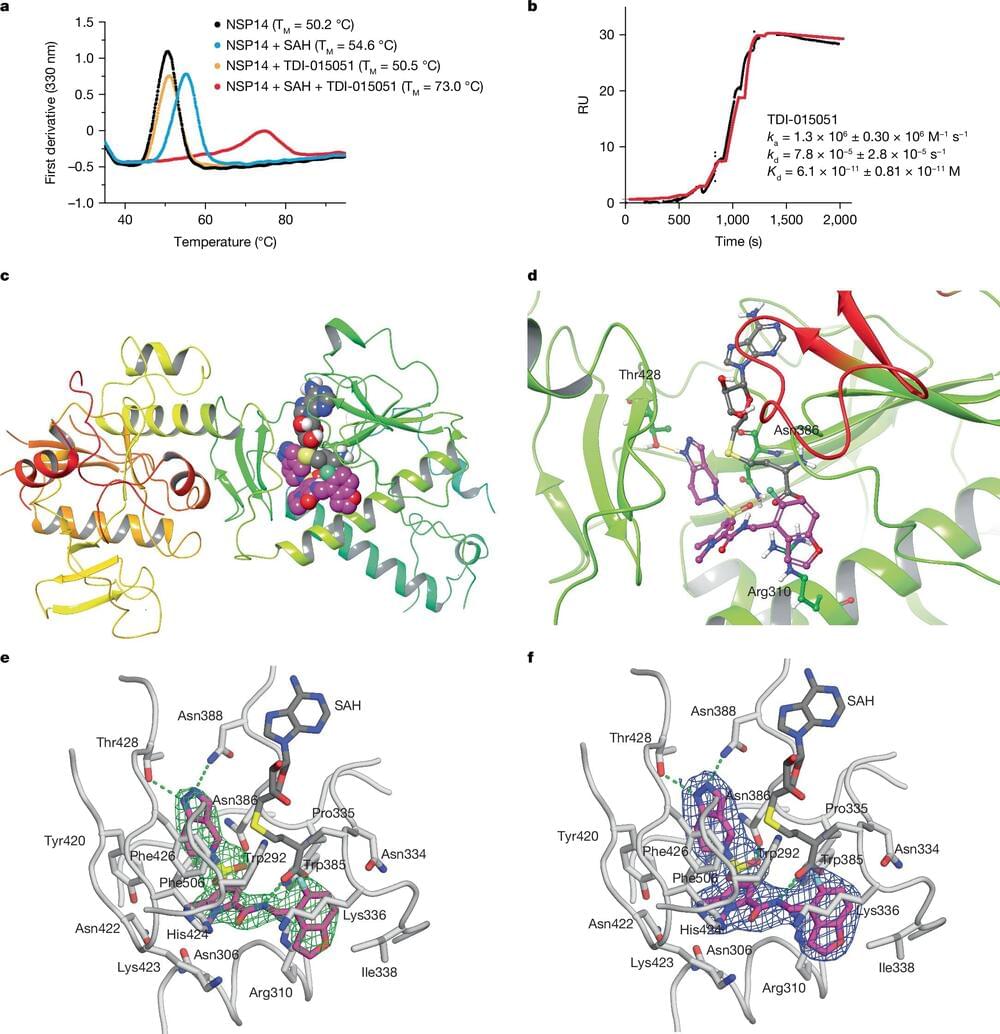To predict your #longevity, you have two main options. You can rely on the routine tests and measurements your doctor likes to order for you, such as blood pressure, cholesterol levels, weight, and so on. Or you can go down a biohacking rabbit hole the way tech millionaire turned longevity guru Bryan Johnson did to live longer. Johnson’s obsessive self-measurement protocol involves tracking more than a hundred biomarkers, ranging from the telomere length in blood cells to the speed of his urine stream (which, at 25 milliliters per second, he reports, is in the 90th percentile of 40-year-olds).
Scientists crunched the numbers to come up with the single best predictor of how long you’ll live—and arrived at a surprisingly low-tech answer.

